Enhancing property access control: every door is a shared entrance.
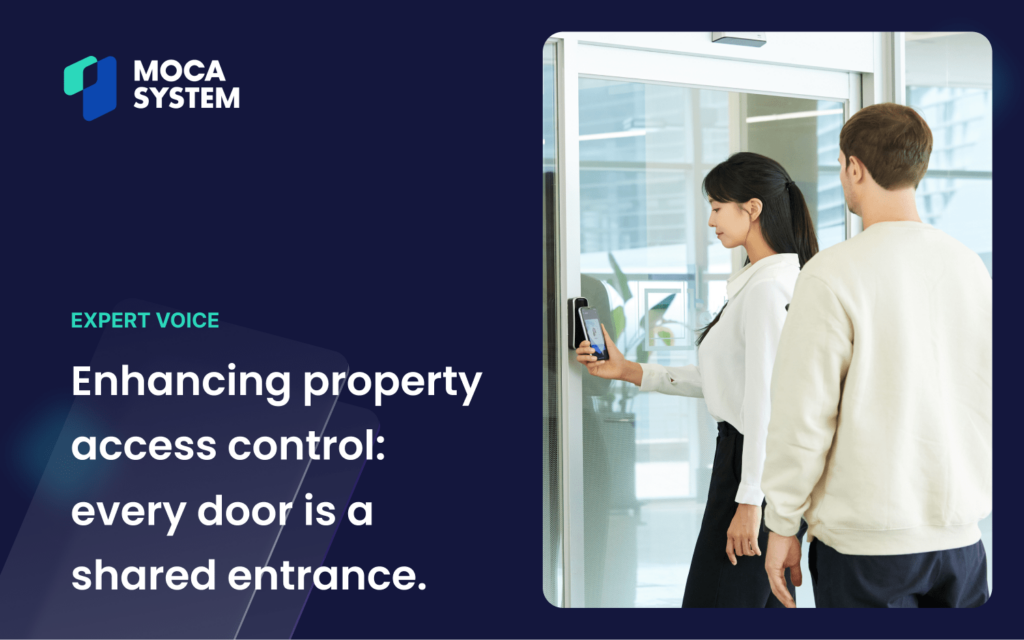
Exploring the diverse landscape of access control solutions in property management is akin to navigating through a complex ecosystem. You aim for a harmonious environment where every element works seamlessly together, though achieving this balance requires understanding and managing the intricate interdependencies that exist within this system.
In the realm of access control, each entry point and user interaction forms a vital part of this ecosystem, bringing together a myriad of different needs and behaviors. Like a network of interconnected habitats, these points must be managed with precision, ensuring that each “species” of user—from tenants to service personnel—can coexist safely and efficiently under a unified set of rules designed to enhance security and compliance.
Much like a delicately balanced natural ecosystem that thrives on meticulous attention to detail and proactive management, shared entrances require a similarly strategic approach. Comprehensive access control measures are crucial to maintaining the security and smooth operation of this environment, ensuring that it supports all stakeholders involved. Every decision impacts the whole, demanding a clear and cohesive strategy to sustain a healthy, functional access ecosystem.
Property access control, managing a complex ecosystem.
Navigating the complexities of property access control can often feel like managing a vast, intricate ecosystem. As a property manager, you find yourself deep within this ecosystem, not just observing but actively participating, frequently without the full visibility you might wish for. This challenge is compounded when you’re also grappling with the quirks of longstanding legacy systems that add layers of complexity to your role.
- Cultivating Habitats. Entry Points and Credentials: Within this ecosystem, each entry point—from front doors to turnstiles and parking gates—represents a unique habitat with its own security requirements. These habitats need to be effectively mapped and managed to maintain the balance of the ecosystem.
The choice of access credentials is akin to selecting the right nutrients for different plants; some might thrive with traditional RFID cards and PIN codes, while others might better suit the swift, seamless nature of modern mobile credentials. Each option offers distinct advantages and must be carefully considered to meet the specific needs and security protocols of your property. - Sorting Species. Assigning Roles and Monitoring Events: Efficiently managing access for a diverse range of inhabitants such as residents, employees, visitors, and contractors involves issuing and revoking access credentials thoughtfully. It’s crucial to adjust access levels to ensure that each individual has appropriate permissions, reflecting their role and responsibility within the ecosystem.
Moreover, like a vigilant naturalist who continuously monitors the health of an ecosystem, property managers must maintain rigorous oversight of access activities. This includes keeping detailed logs to track movements, detect anomalies, and create comprehensive audit trails that protect against unauthorized entries and ensure compliance with regulatory standards.
Navigating through these challenges demands clarity and ecological intuition, reflecting the care needed to nurture a thriving ecosystem. It’s about understanding the intricate connections between different species—here, the diverse user groups—and ensuring that each has the right access and resources to flourish. Managing these entry points effectively is akin to sustaining biodiversity within an ecological reserve. With the right approach and tools, you can maintain the delicate balance of this dynamic ecosystem, ensuring its health and security for all inhabitants.
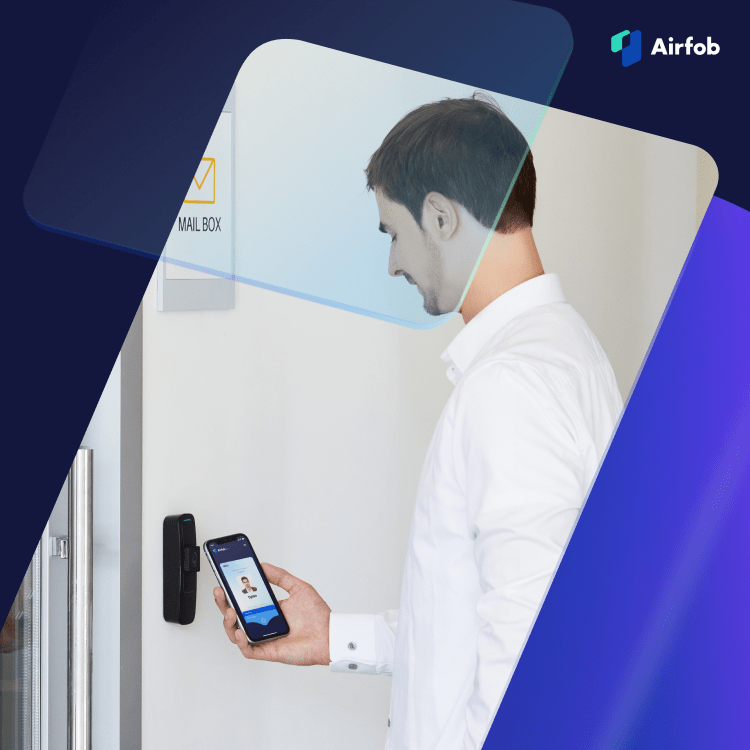
Where to start? Put all your doors on one platform.
Let’s simplify access control management by bringing your entire ecosystem (doors, users, and credentials) onto one platform. As a property manager, you’re likely tending to different access control systems across various parts of your building or property. This can stem from a variety of reasons like legacy setups, vendor preferences, or evolving security needs. But here’s the thing, consolidating your access control into a single platform offers numerous benefits:
- Simplified Administration and Operation: Managing multiple systems means dealing with different interfaces, protocols, and processes. It’s a headache. But with a unified access control system, you’ll have one centralized interface for smoother administration and operation.
- Enhanced Security: Multiple systems mean multiple vulnerabilities. By centralizing access control, you’ll ensure consistent enforcement of security policies and protocols across the board, minimizing potential weaknesses and bolstering overall security.
- Centralized Control and Oversight: Without centralized control, it’s hard to keep track of who’s coming and going. But with a unified system, you’ll have a centralized dashboard to monitor access events, enforce security policies, and respond swiftly to any incidents.
- Cost Savings: Managing multiple systems racks up costs—licensing, maintenance, support agreements—it all adds up. Consolidating onto one platform means fewer agreements and potential savings through economies of scale.
- Scalability: As your property grows or security needs change, scalability becomes crucial. A unified system offers the flexibility to easily expand and adapt your access control infrastructure without disruption.
If you’re ready to simplify your access control management and bring all your systems under one roof, federating your access points is the first step. But it doesn’t end there. Your next move involves selecting the access credentials – essentially deciding the shape and form of the key to your spaces.
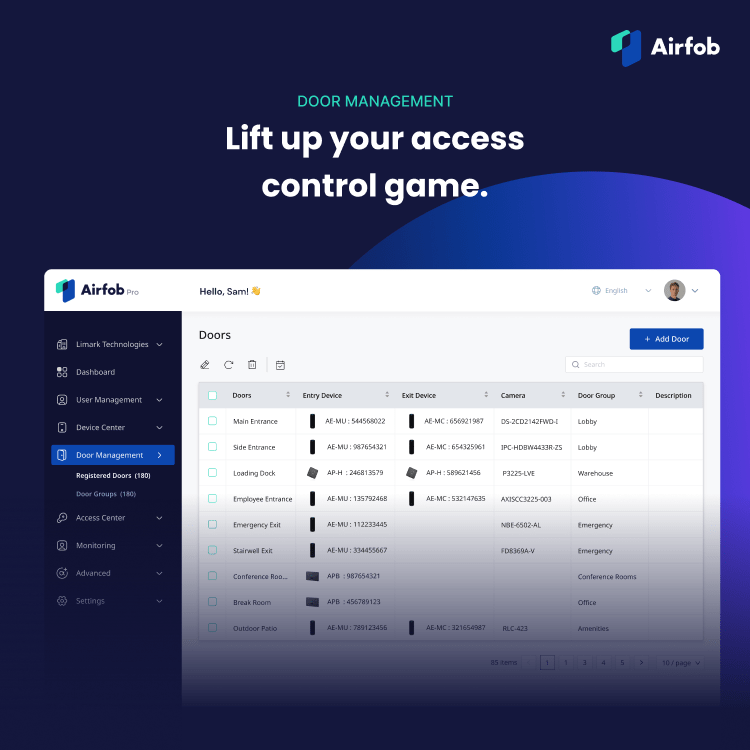
Why should you adopt mobile credentials as the main way to access your properties?
Imagine stepping into a bustling commercial building, greeted by a maze of entry points, each requiring its own unique credential. From parking tickets at the entrance to RFID cards at turnstiles and PIN codes for secure areas, navigating through this labyrinth of access requirements can be daunting, to say the least.
Yet, amidst this intricate jungle, we can discern a clearing: the concept of integrated credentials. This starts by placing the individual above the space when it comes to issuing access credentials. In traditional access control, access privileges were often tied to specific physical locations or areas within a facility, resulting in siloed systems. However, modern systems that prioritize user identity enable seamless access management across multiple locations. This flexibility allows users to maintain consistent credentials, regardless of their physical location.
Enter mobile credentials – a seamless and intuitive solution that eliminates the need for physical cards or PIN codes. With just a smartphone or wearable device in hand, users can effortlessly navigate through entry points, while administrators enjoy simplified management and enhanced security.
With mobile credentials, property managers can centrally issue, revoke, and update credentials in real-time, all through a cloud-based access control platform. This centralized approach not only streamlines administrative tasks but also strengthens security measures, since most smartphones are now equipped with advanced encryption and biometric authentication features.
Mobile credentials also cater to the wide range of property users – from residents to employees, visitors, and external contractors. Each group has its own unique access requirements, which can present challenges down the road. Imagine a scenario where you need to grant temporary access to a contractor for a limited period or revoke access for a former employee who has left the company. These tasks require agility and flexibility in managing access credentials.
By leveraging a centralized platform, property managers can quickly assign access credentials to individuals based on their roles or permissions, ensuring that each user has the appropriate level of access. In addition, if access needs to be revoked – whether due to a change in employment status or completion of a project – property managers can instantly deactivate or remove access credentials from the system, eliminating the risk of unauthorized entry.
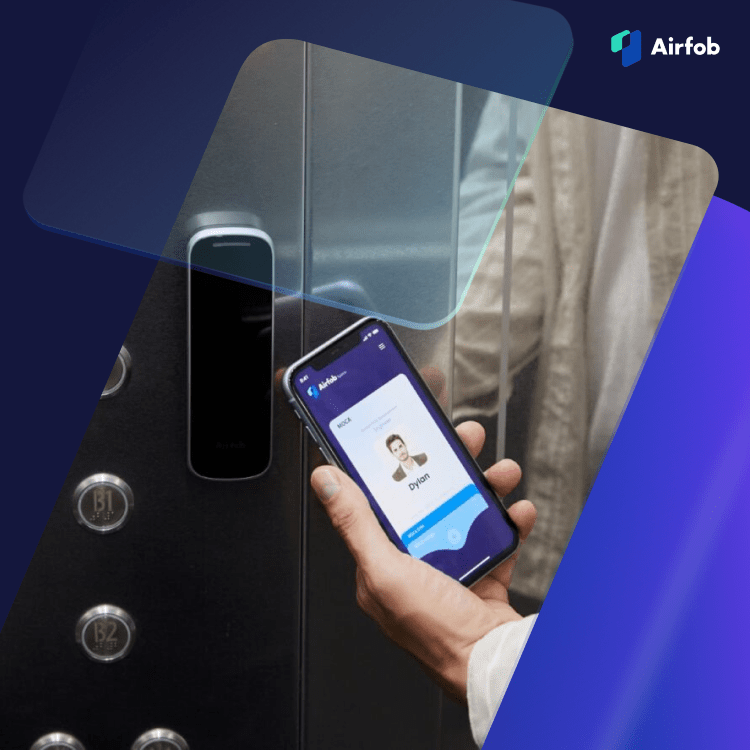
Why Choose Airfob at your Property Access Control Solution.
When it comes to property access control, choosing the right solution is crucial for ensuring the security and efficiency of your facilities. That’s where Airfob comes in – a comprehensive access control system designed to meet the diverse needs of property managers like you.
One of the standout features of Airfob is its ability to secure all entry points, regardless of your existing infrastructure. With Airfob Patch and Tag solutions, you can seamlessly upgrade your current systems to make them cloud-ready, without any hassle. This means you can modernize your access control without the need for costly replacements or extensive downtime.
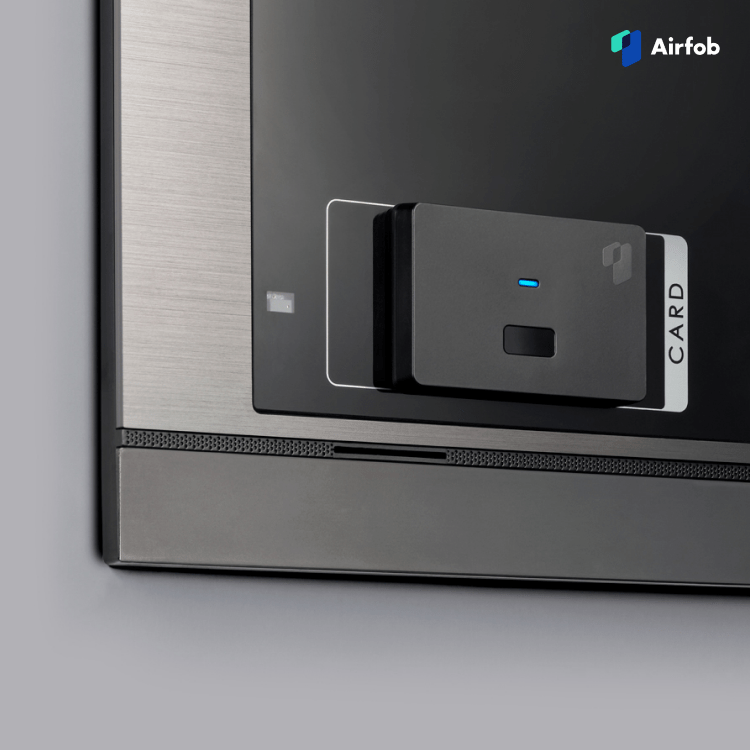
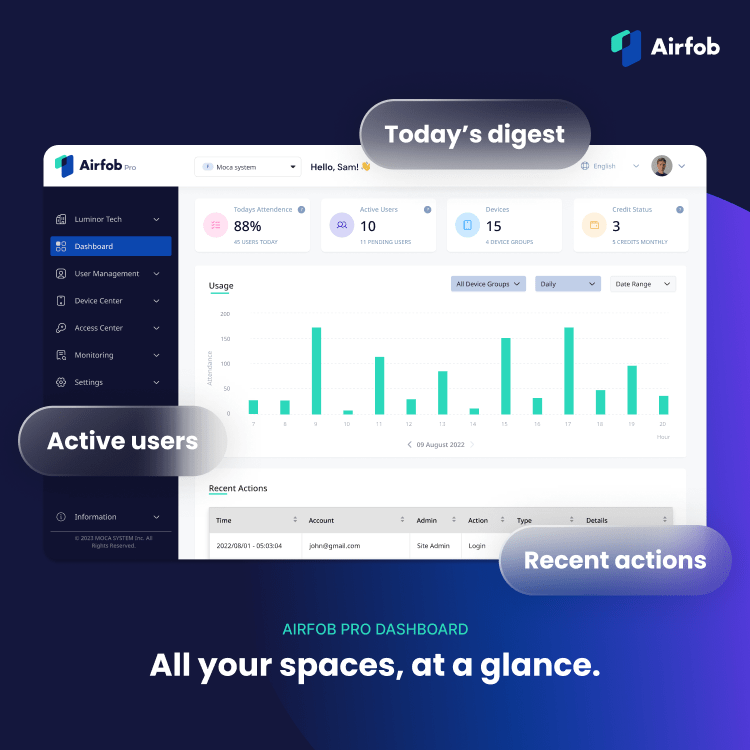
Additionally, Airfob ensures easy integration with your existing systems through its robust API and SDK capabilities. Whether you need to integrate with third-party applications, building management systems, or other security infrastructure, Airfob’s API and SDK provide seamless connectivity and customization options. This flexibility allows you to tailor the Airfob system to your specific requirements and leverage its full potential as part of your property management ecosystem. With Airfob, integration is effortless, ensuring a smooth transition and minimal disruption to your operations.
On the user side, Airfob provides an intuitive and user-friendly app called Airfob Space. This app serves as a centralized hub for storing and using mobile credentials, making access management a breeze for your tenants, employees, and visitors. Whether they prefer the convenience of mobile credentials or the familiarity of RFID cards, Airfob has them covered. Plus, with options like QR Pass and Link Pass, you can even provide app-less access for seamless convenience.
In summary, Airfob offers a comprehensive solution for property access control, combining advanced technology with user-centric design to deliver unmatched security, efficiency, and convenience. With Airfob, you can upgrade your access control systems with confidence, knowing that you’re investing in a solution that’s tailored to meet the unique needs of your property.